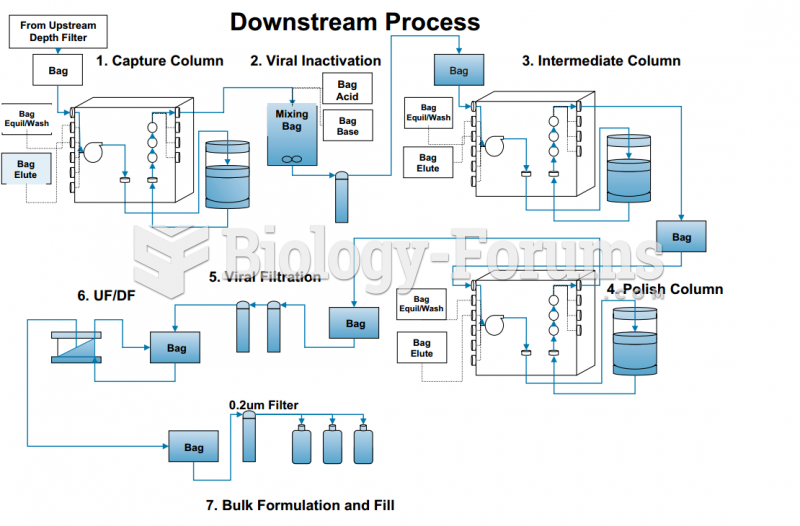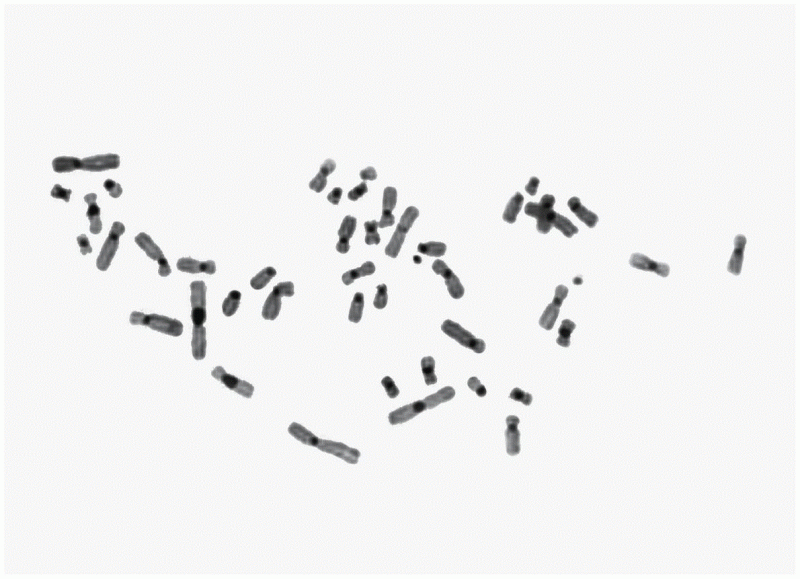Answer to Question 1
The emergency response professionals quickly organize, stabilize, and administer. Their ability to respond in this manner is the result of preparation. A quick and proper responsewhich results because of proper preparationcan prevent panic, decrease the likelihood of injury and damage, and bring the situation under control in a timely manner. Since no workplace is immune to emergencies, preparing for them is critical. An important component of preparation is planning.
Answer to Question 2
Emergency Planning
The emergency planning component requires that communities form local emergency planning committees (LEPCs) and that states form state emergency response commissions (SERCs). LEPCs are required to develop emergency response plans for the local communities, host public forums, select a planning coordinator for the community and work with the coordinator in developing local plans. SERCs are required to oversee LEPCs and review their emergency response plans. Plans for individual companies in a given community should be part of that community's larger plan. Local emergency response professionals should use their community's plan as the basis for simulating emergencies and practicing their response.
Emergency Notification
The emergency notification component requires that chemical spills or releases of toxic substances that exceed established allowable limits be reported to appropriate LEPCs and SEPCs. Immediate notification may be verbal as long as a written notification is filed promptly. Such a report must contain at least the following information: (1) the names of the substances released; (2) where the release occurred; (3) when the release occurred; (4) the estimated amount of the release; (5) known hazards to people and property; (6) recommended precautions; and (7) the name of a contact person in the company.
Information Requirements
Information requirements mean that local companies must kept their LEPCs and SERCs and, through them, the public informed about the hazardous substances that the companies store, handle, transport, and/or use. This includes keeping comprehensive records of the substances on file, up to date, and readily available; providing copies of material safety data sheets for all hazardous substances; giving general storage locations for all hazardous substances; providing estimates of the amount of each hazardous substance on hand on a given day; and estimating the average annual amount of hazardous substances kept on hand.
Toxic Chemical Release Reporting
The toxic chemical release reporting component requires that local companies report the total amount of toxic substances released into the environment as either emissions or hazardous waste. Reports go to the Environmental Protection Agency and the state-level environmental agency.







